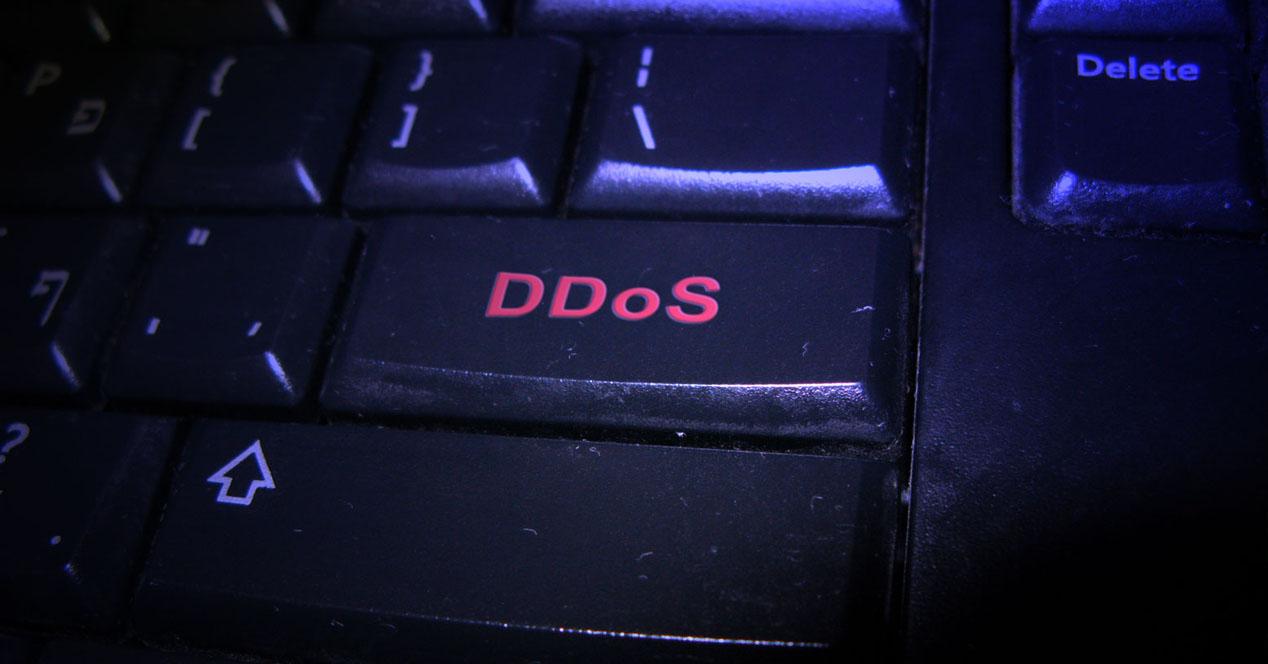DDoS attacks are quite common on the Internet, but they are not always successful or not always of the same intensity. In this article, we echo the latest denial of service attack that Cloudflare has blocked. We are going to tell you what the peak was, who it mainly affected and how and for how long the hackers carried out this attack.
An attack of this type can take down a web page, for example. It can leave any platform unworkable. This can lead to very large economic losses. Think of an online store that, due to a DDoS attack, is unavailable for an entire day. No one could enter and, therefore, they could not buy.
Cloudflare stops a major DDoS attack
Specifically, Cloudflare has managed to stop a denial of service attack with a peak of 3.8 Tbps. It does not mean that the entire attack had this intensity, but only for a specific time. That time was 65 seconds, although the entire attack has lasted several weeks.
These types of threats are known as hypervolumetric DDoS attacks. There have been more than 100 attacks that have occurred over a month. What they have done is flood the network with junk data, with the aim of making the services unavailable and thus affecting companies and users who had to enter.
Specifically, this campaign has been aimed mainly at the financial, Internet and telecommunications sectors. With that peak of 3.8 Tbps, it is the highest recorded and made public for now. What they are looking for with an attack of this type is to send a multitude of requests to consume the bandwidth and cause a device or service to stop working.

Devices also in Spain
For this to be carried out, hackers need many compromised devices. Basically, these infected devices are the ones that are part of the botnet. They are zombie computers, controlled to send those requests and block the connection. From Cloudflare they indicate that these teams are spread across many countries, among which is Spain.
They have taken advantage of certain compromised devices. Among them, we can name many ASUS brand routers, Mikrotik devices, DVRs and also web servers. They are the equipment that they have used to carry out these attacks. Mainly, as they indicate, they have used the UDP protocol on a fixed port for data transfer.
But what causes these devices to become part of the botnet network and be used for a DDoS attack? Mainly, the problem occurs when there are vulnerabilities. These devices have security flaws and hackers take advantage of them to control them and include them in their campaigns.
As home users, to prevent our devices from being part of these types of attacks, it is essential to keep them protected. Make sure you always have them updated, as this is what will allow you to correct vulnerabilities that can be exploited. Always install the latest versions is key. So is having strong passwords.
Ultimately, Cloudflare has recorded what appears to be the largest spike in a DDoS attack. It is important to always keep devices protected and not give facilities to cybercriminals. This will help you maintain good home security.













